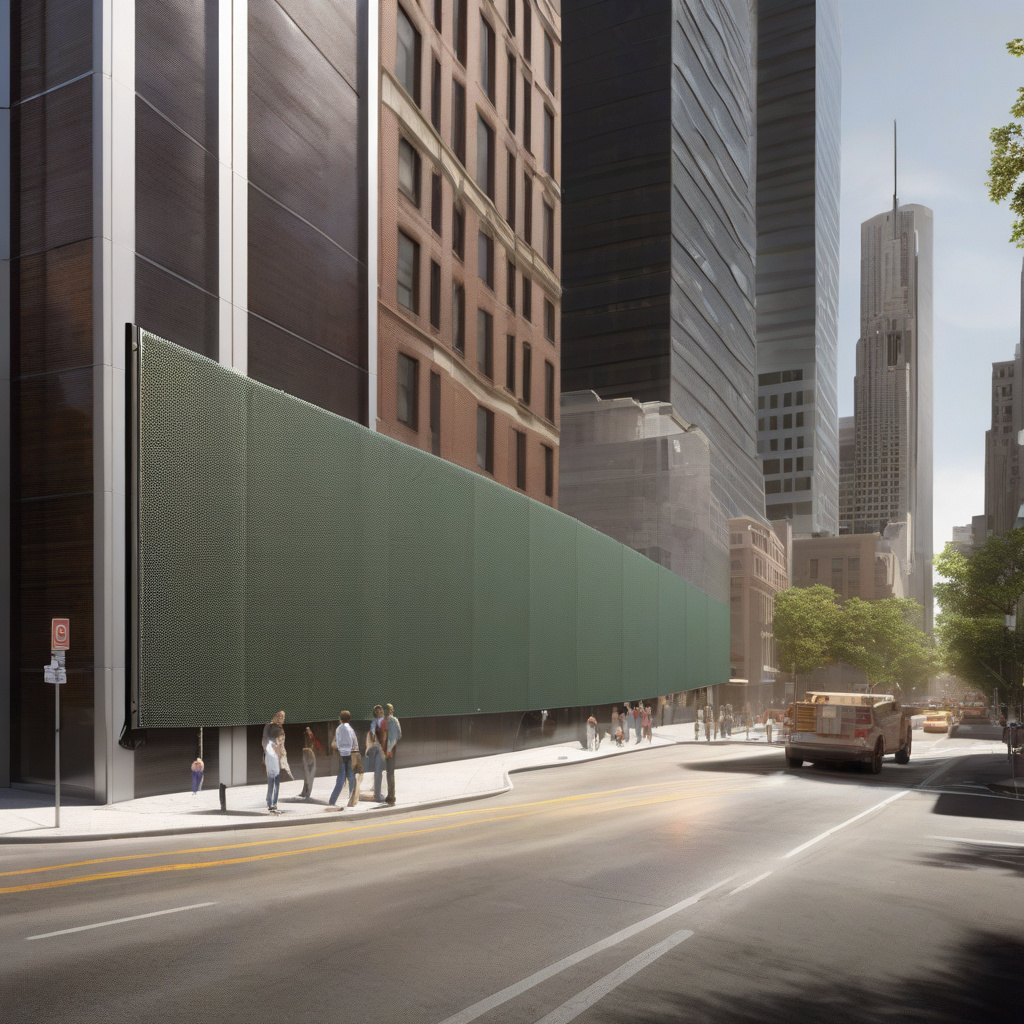Breakthrough Sound Shield Traps Broadband Noise in Open, Dynamic Environments
A new innovation from Boston University’s Zhang Lab could reshape how we manage noise in open and dynamic environments. The breakthrough sound shield is designed to effectively trap broadband noise, offering a promising solution for various settings where noise control is paramount.
Noise pollution is a pervasive issue in today’s world, affecting both urban and rural areas. From bustling city streets to open office spaces, controlling noise levels is essential for creating a conducive environment for work, relaxation, and overall well-being. Traditional soundproofing methods often fall short when it comes to managing broadband noise, which consists of a wide range of frequencies and can be particularly challenging to contain.
The innovative sound shield developed by the Zhang Lab addresses this gap by effectively trapping broadband noise within its structure. The key to its success lies in the combination of advanced materials and acoustic design principles. By strategically placing sound-absorbing materials within the shield’s framework, the device can effectively attenuate a wide range of frequencies, making it a versatile solution for diverse noise environments.
One of the standout features of the sound shield is its adaptability to open and dynamic spaces. Unlike traditional soundproofing solutions that rely on fixed barriers, this innovative device can be easily reconfigured and scaled to fit different environments. Whether it’s a bustling train station, a crowded restaurant, or an outdoor event venue, the sound shield can be deployed to create quieter and more comfortable surroundings.
The potential applications of this breakthrough technology are vast. In urban settings, the sound shield could be used to mitigate traffic noise, construction sounds, and other sources of urban clamor. In workplaces, it could help create quieter and more productive environments by reducing the distractions caused by office chatter and equipment noise. Even in outdoor settings such as parks and recreational areas, the sound shield could enhance the overall experience by minimizing unwanted noise pollution.
Beyond its practical applications, the sound shield also holds promise for improving quality of life in various settings. Research has shown that prolonged exposure to high noise levels can have detrimental effects on physical and mental health, leading to issues such as stress, sleep disturbances, and cognitive impairment. By providing an effective noise control solution, the sound shield has the potential to create healthier and more harmonious environments for individuals and communities alike.
As we look to the future, innovations like the sound shield from the Zhang Lab offer a glimpse into the possibilities of advanced noise control technologies. By harnessing the power of materials science, acoustics, and innovative design, researchers are paving the way for a quieter, more peaceful world. With continued development and refinement, these breakthrough solutions have the potential to transform how we perceive and interact with the soundscape around us.
In conclusion, the breakthrough sound shield developed by Boston University’s Zhang Lab represents a significant advancement in noise control technology. Its ability to trap broadband noise in open and dynamic environments opens up new possibilities for creating quieter, more comfortable spaces in a variety of settings. With its adaptability, effectiveness, and potential for improving quality of life, the sound shield stands out as a promising innovation in the ever-evolving field of noise control.
sound shield, noise control, innovation, Zhang Lab, acoustics










